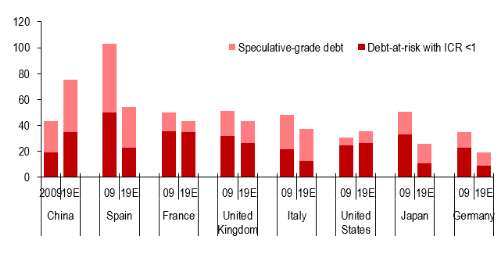Ten Thousand Words: December 2019

Apparently , Confucius didn’t say “One Picture is Worth Ten Thousand Words” after all. It was an advertisement in a 1920s trade journal for the use of images in advertisements on the sides of streetcars. Even without the credibility of Confucius behind it, we think this saying has merit. Each month we share a few charts or images we consider noteworthy. With another calendar year coming to a close and interest rates remaining "lower for longer", there are plenty of measures by which large-cap equities look to be priced highly. In Australia, the market PE multiple has continued to expand to record levels despite earnings expectations softening, as Morgan Stanley sets out. Australian consumer confidence, by the way, is at its lowest point for several years, according to the ANZ-Roy Morgan survey (but the implication for stocks is unclear). Looking globally, here are some of the ways by which stocks can be measured as over-priced or fully-priced: we have a high S&P 500 ...




